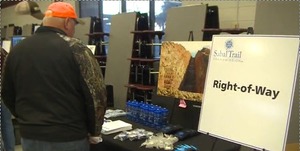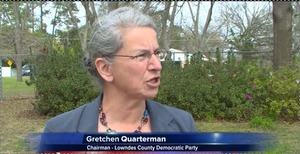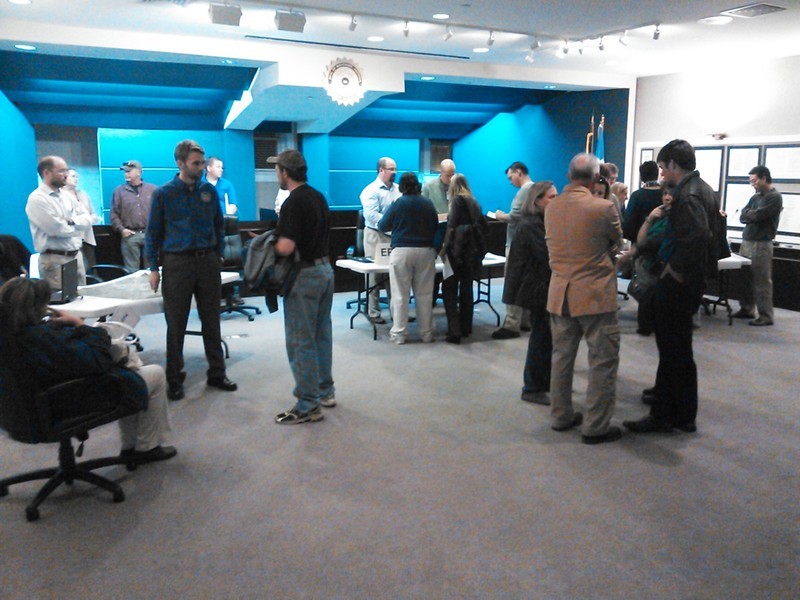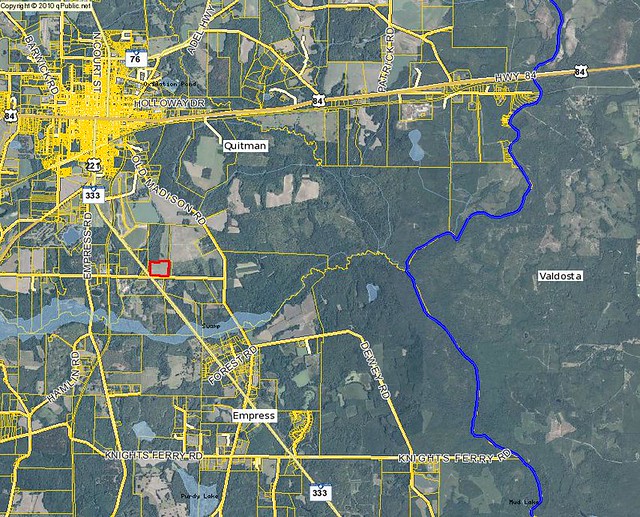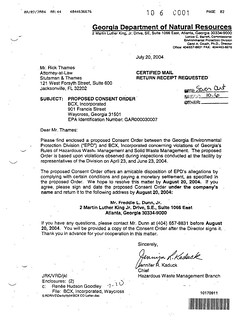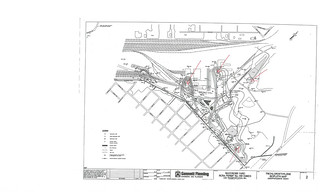Tom Fanning, our genial CEO host, said some things I’ve never heard him say before like Southern Company is “pivoting towards wind” and SO’s board soon has to decide whether to go forward with Plant Vogtle “or not” probably by August. Fanning gets the first and last word in this blog post, plus a complete transcript of what I asked and Tom Fanning’s response, along with summaries of the other questions and answers.

Please hear me!
I think renewables are exceedingly important in the future.
— Tom Fanning, CEO, Southern Company
In SO’s own meeting video of the 25 May 2017 Stockholder Meeting, you can see much praise about solar power and wind and R&D and a smart grid, along with stockholders wondering: Continue reading


